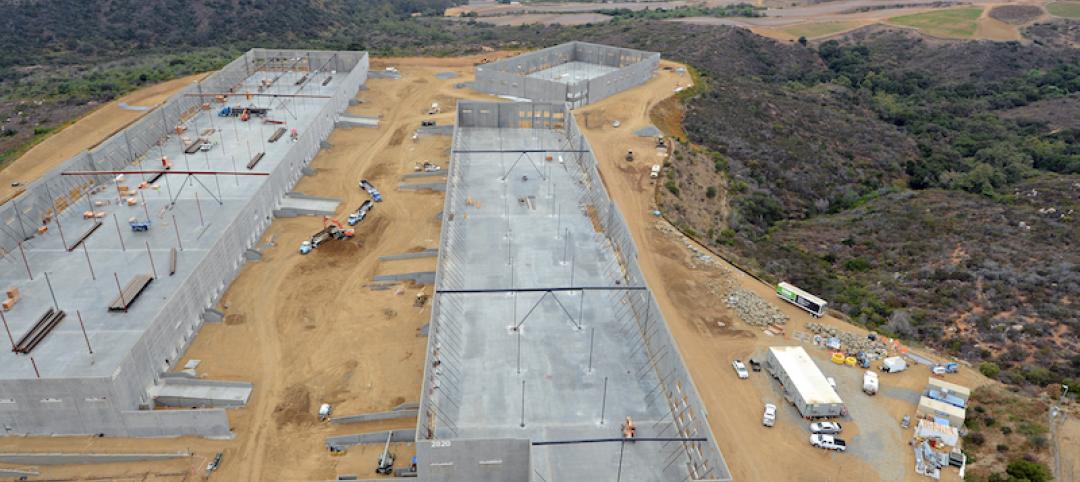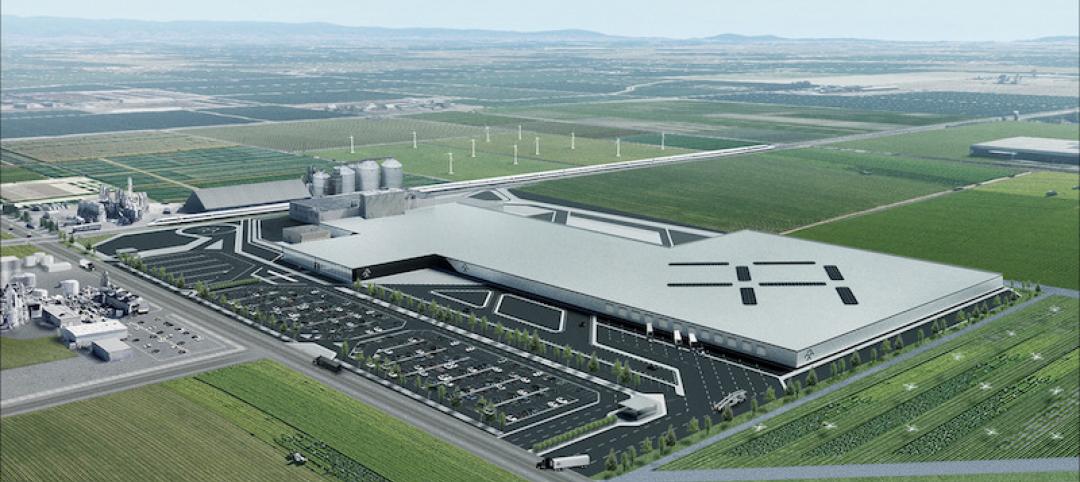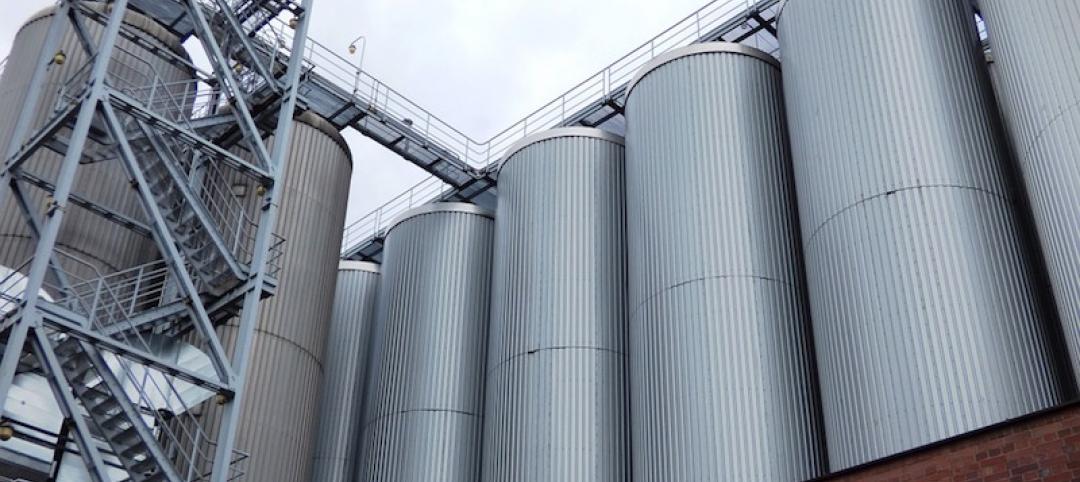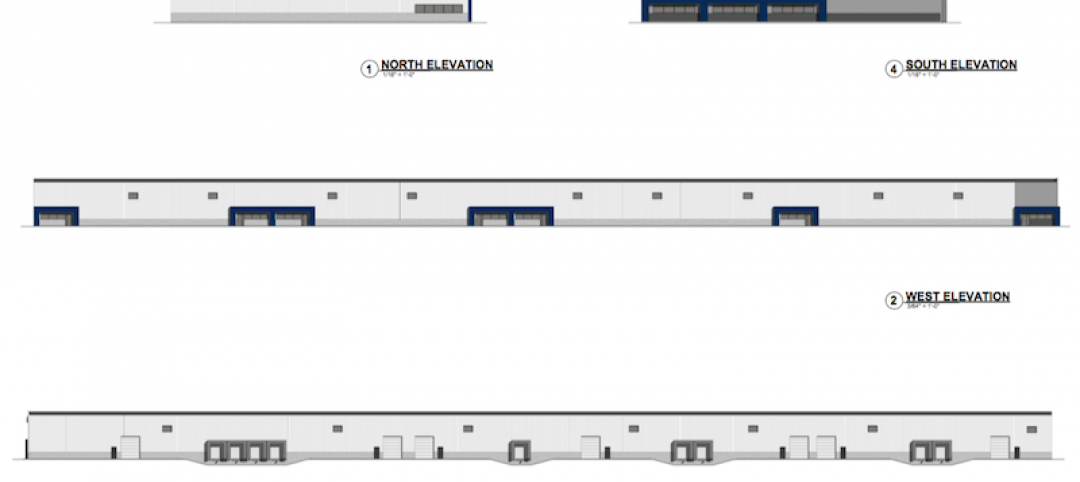The 1,900-acre Port San Antonio campus, immediately south of the country’s seventh-largest city’s downtown, is home to over 80 public- and private-sector companies and 13,000-plus workers in such fields as aerospace, defense, cybersecurity, robotics, and advanced manufacturing. The campus’ annual economic impact exceeds $5 billion.
In 2015, the Port—located at the former Kelly Air Force Base, which closed in 2001—revealed plans to focus its economic development on the goal of creating 5,000 new jobs by 2020. On February 27, the Port’s Board of Directors authorized its CEO Jim Perschback to negotiate development plans with American Triple I Partners to advance its strategic objectives.
The goal is to “leverage our Port’s unique platform and partnerships to physically and virtually connect the region’s large and well-established nature industries with the region’s innovators, and facilitate commerce and collaboration between then—leading to the development of new technologies that also have applications on a national and global scale and, as a result, drive regional economic growth,” reads the “Tech Port San Antonio” proposal that Port San Antonio presented last month.
The initial phases of the predevelopment agreement would support recent expansions by a growing number of cybersecurity firms moving onto the Port’s campus.

Port San Antonio would convert and enlarge a 130,000-sf industrial facility on its campus for an innovation center and office space for cybersecurity and defense tenants. It would also like to add a space for industrial fabrication. Image: Port San Antonio
The Port is considering a fitout of an existing flexible 130,000-sf industrial facility for an Interim Innovation Showroom and Education Center. The building—which could be expanded to 200,000 sf with the addition of a second floor—would include on its first floor a 36,000-sf 1,500-seat-capacity Technology Arena, a 49,000-sf expansion of the San Antonio Museum of Science and Technology, a 30,000-sf Industry Showroom, and 42,000 sf of coworking and maker spaces.
The predevelopment agreement also envisions150,000-sf of cybersecurity offices for a Security Operations Center, and shared/rentable space for commercial and defense operations, built to meet Sensitive Compartmented Information Facilities (SCIF) standards.
The first building of the complex is already nearly fully leased by cybersecurity company tenants such as CNF Technologies and Lockheed Martin
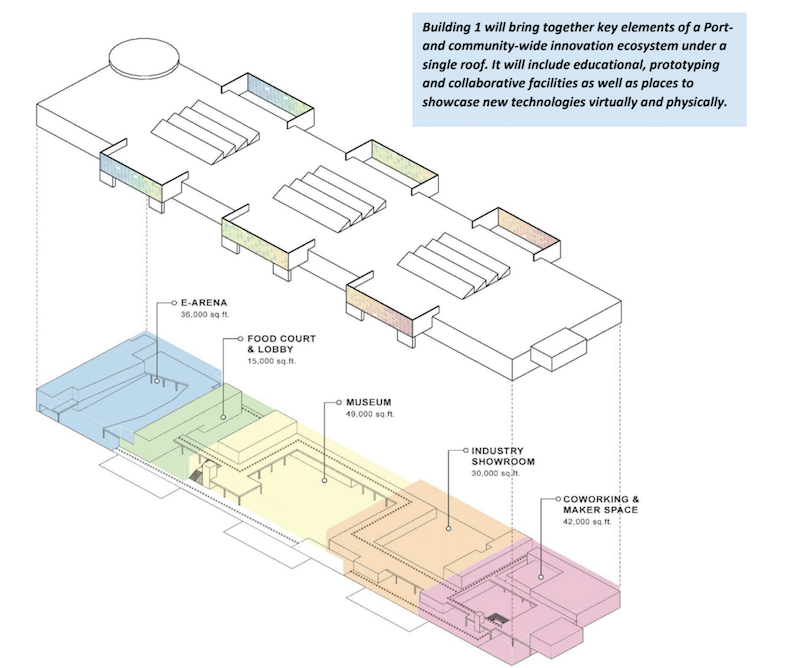
Improvements in one building on campus would add an arena, museum, and coworking space. Image: Port San Antonio
The predevelopment agreement foresees the creation, by 2021, of a 120,000-sf industrial fabrication and laboratory space with about 15,000 sf for open and segmented offices. The remaining, divisible space would offer multiple bays ranging from 20,000 to 50,000 sf. The Port suggests that this building could be located to provide tenants and users with access to the Port’s industrial airport.
The Port plans to pursue the establishment of an “Other Transaction Authority” to facilitate the commercialization of technologies developed through the innovation center and regional innovators, and to provide the government with rapid access to R&D and prototyping.
America Triple I Partners is a New York-based investment advisor focused on infrastructure private equity. Its Chairman and Co-CIO is Henry Cisneros, the former San Antonio mayor who under President Clinton was Secretary of the U.S. Department of Housing and Urban Development He also cofounded CityView, an investment management and development firm dedicated to urban living. American Triple I Partners is affiliated with the investment bank Siebart Cisneros Shank & Co. Its team includes William Thompson, who for eight years was New York City’s Comptroller.
Sundt Infrastructure Development is expected to support the investment group during predevelopment.
Following a 120-day predevelopment period established by the memorandum of understanding, during which additional design and feasibility research will be conducted, the Port and Triple I could formalize separate agreements for phased construction of the two projects.
Related Stories
Industrial Facilities | Oct 18, 2018
Tesla purchases 210 acres in Shanghai with plans to build Gigafactory 3
Construction is expected to begin soon.
Building Automation | Jul 13, 2018
Katerra has plans for a new advanced manufacturing factory in California
The building components facility will be located near rail, shipping ports, and freeways.
Industrial Facilities | Jul 11, 2018
AEC firms tap into the boom in logistics center construction
A Ryan Companies project in southern California is being built to meet its city’s rigorous green standards.
Industrial Facilities | Jun 27, 2018
Hawaii announces completion of $375 million wastewater project
The new sewer tunnel and pump station help enhance Oahu’s utility infrastructure.
Industrial Facilities | Jun 25, 2018
$150 million Amazon fulfillment center near Grand Rapids will be built on fast-paced 22-week schedule
The warehouse will be Amazon’s fourth in Michigan.
Industrial Facilities | Jun 15, 2018
Faraday Future selects GC for its 1 million-sf EV factory
Onsite construction has commenced in an effort to deliver the first FF91 by the year's end.
Market Data | Jun 12, 2018
Yardi Matrix report details industrial sector's strength
E-commerce and biopharmaceutical companies seeking space stoke record performances across key indicators.
Industrial Facilities | Apr 12, 2018
‘Next generation’ biomanufacturing plant will be the first of its kind in the U.S.
The plant will be located in Rhode Island.
Industrial Facilities | Apr 2, 2018
90,000-sf industrial facility will add needed manufacturing space in West Michigan
Vision Real Estate Investment recently broke ground on the building.
Industrial Facilities | Mar 26, 2018
thyssenkrupp’s new Zhongshan plant includes a high-speed test tower
The 813-foot test tower has 13 shafts.





